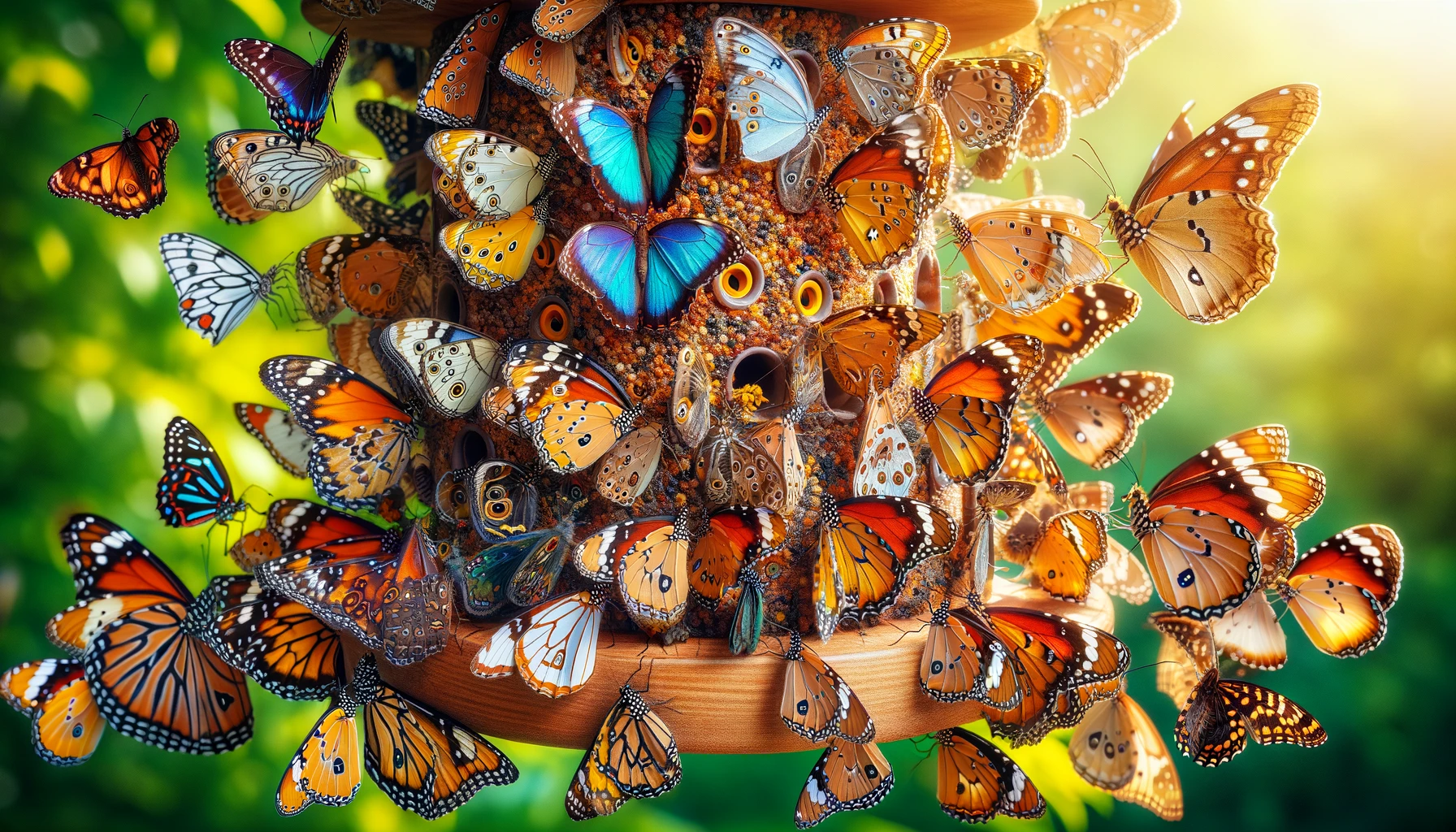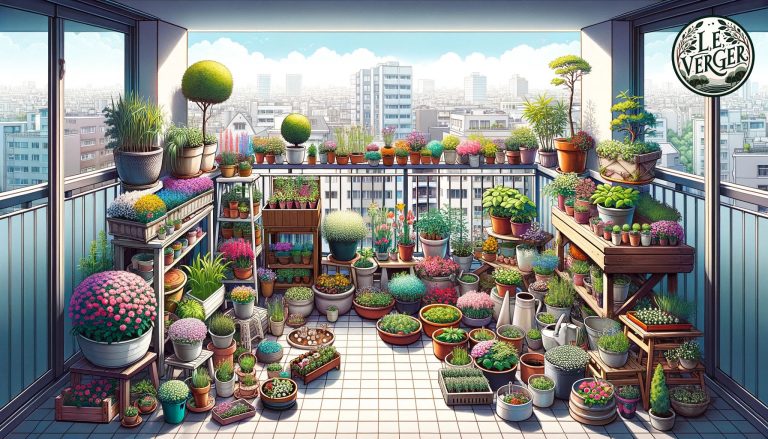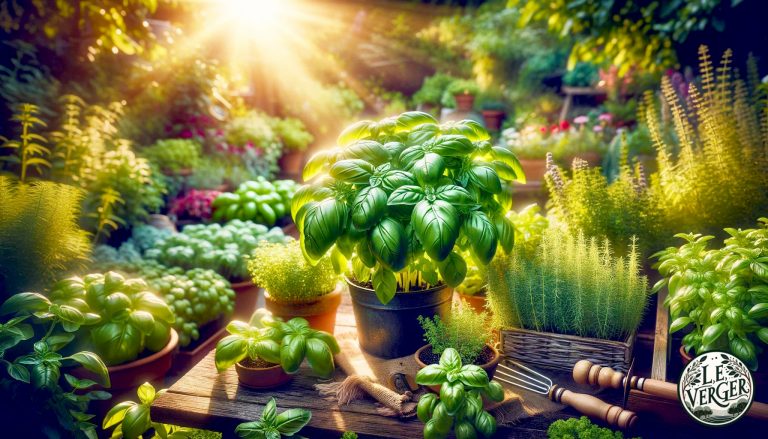Attracting Beautiful Pollinators with Butterfly Feeders
Butterfly feeders allow you to observe mesmerising feeding behaviours up close. With the right placement and nectar, you’ll delight butterflies and enhance your garden’s tranquility. But what’s the ideal feeder style and how often should you change the nectar?
Butterflies bring vibrancy, beauty and interest to any garden with their brightly coloured wings and graceful flight patterns. Installing butterfly feeders, also known as butterfly houses or hotels, is an excellent way to attract various butterfly species to your outdoor space.
Butterfly Feeders Guide
This comprehensive guide covers everything you need to know about setting up your butterfly buffet.
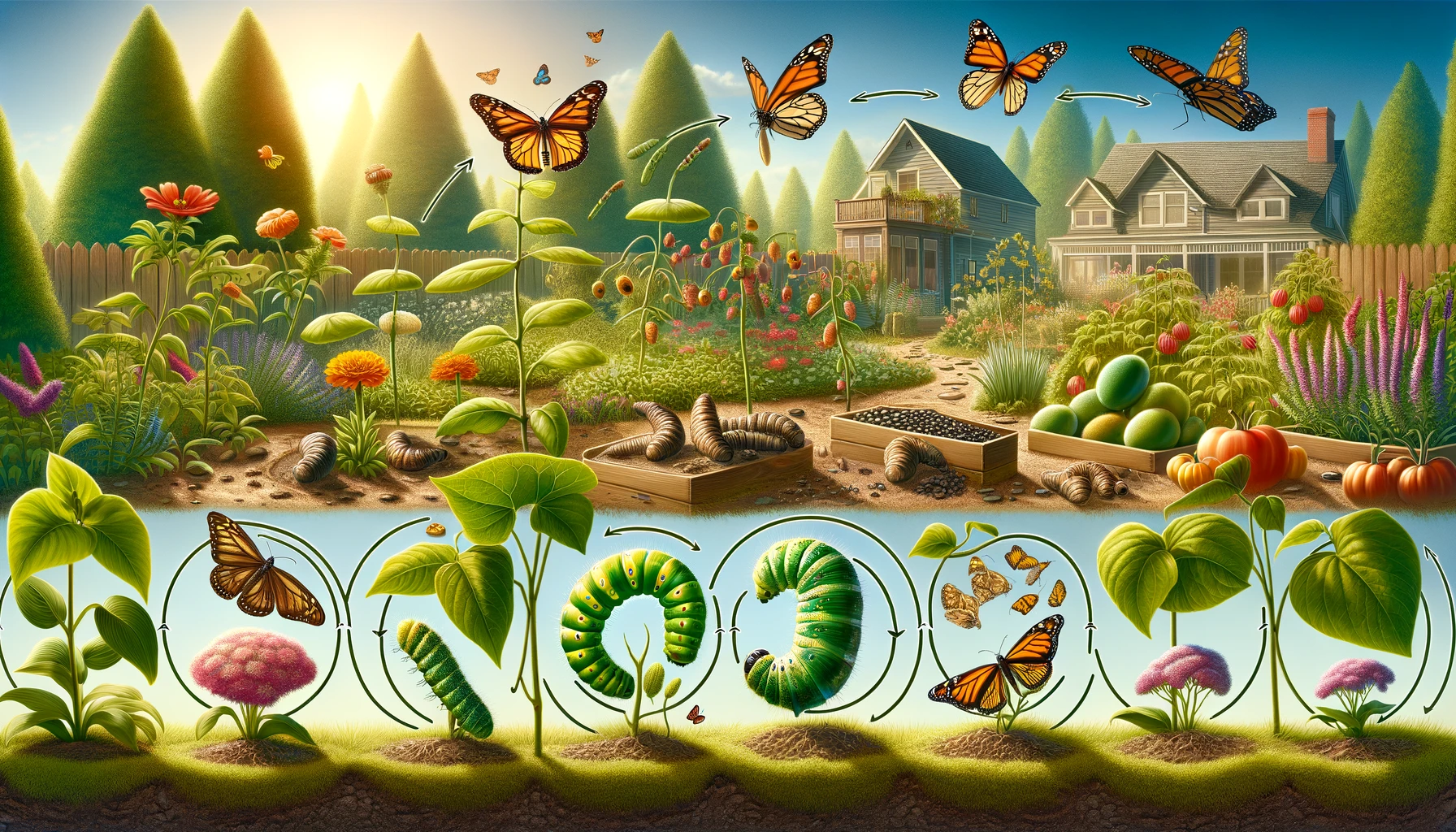
What are Butterfly Feeders
Butterfly Feeders are structures explicitly designed to provide nectar that attracts butterflies to a garden. They are different than bird feeders in a few key ways:
Nectar Over Seeds
While bird feeders offer seeds, nuts, suet cakes or fruit that birds eat, butterfly feeders contain a sugar-water nectar solution that appeals to butterflies’ liquid diets. Butterflies drink nectar from flowers using their long proboscis straw-like tongues. A manmade nectar source entices them.
Open Access Design
Butterfly feeders allow easy flying access from multiple angles with landing pads where the butterflies can pause to sip exposed nectar. Bird feeders often limit access points to discourage large bullies. But the swirling aerial approach of butterflies necessitates an open hovering access design.
Frequent Draining
The nectar requires more frequent changing before it ferments compared to bird food. Bird feeders can be continually topped up, but butterfly nectar spoils rapidly in heat. Many butterfly feeder styles have drain holes, too, for cleaning.
Prime Feeding Locations
Butterflies are also attracted to prime sunny locations protected from wind and with ample landing spots nearby. Strategic placement is vital. Bird feeders care more about the suitable distribution of different foods.
By mimicking natural feeding zones, butterfly feeders successfully congregate multiple species in one area to peacefully feed alongside each other.
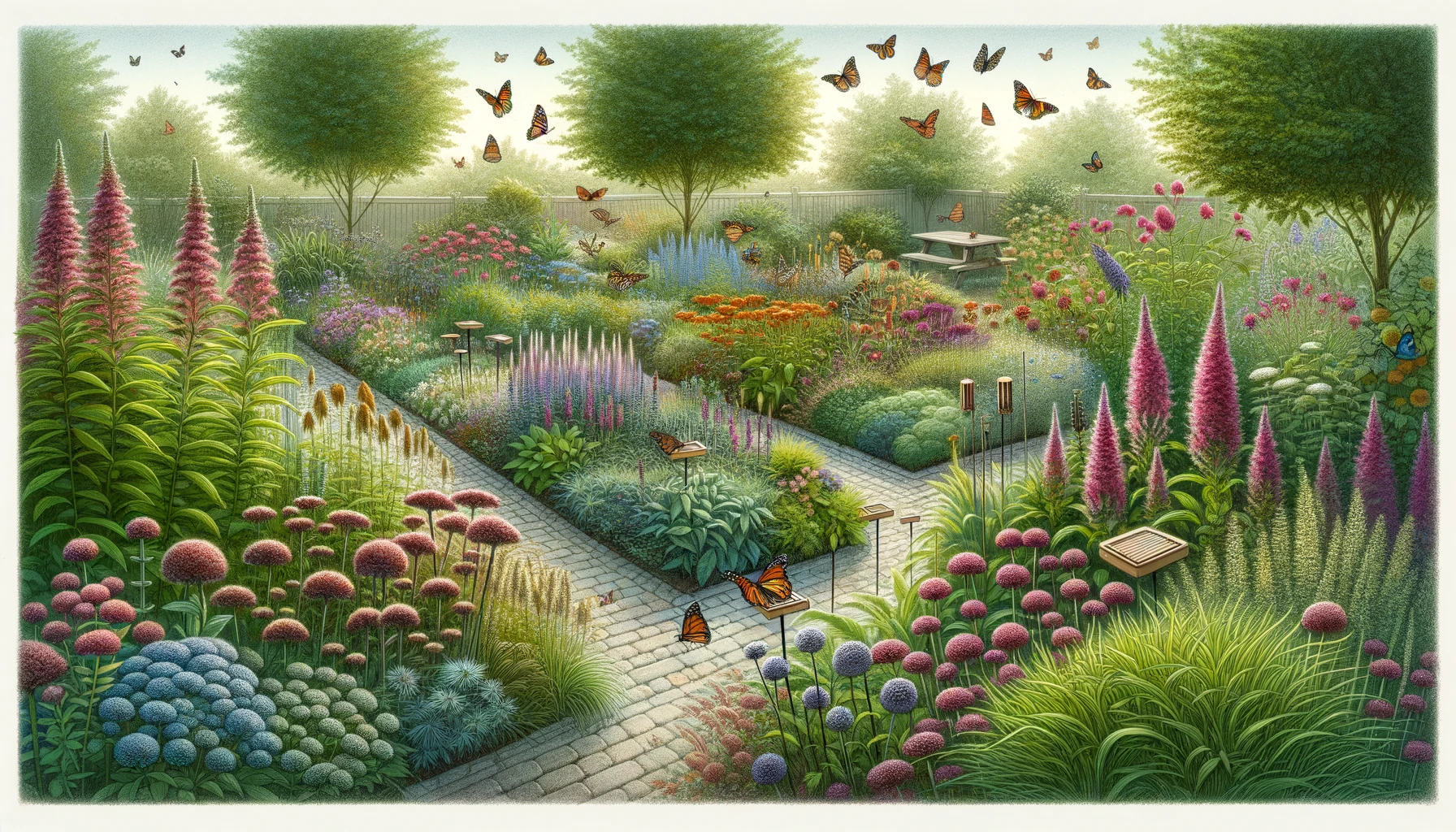
Choosing a Location
Choosing a sunny, sheltered spot is the most crucial consideration when deciding where to place your butterfly feeder. Butterflies are cold-blooded and rely on external heat sources to raise their body temperature so they can fly.
Position your feeder out of the wind, near flower beds, trees or shrubs that provide protection and warmth. Most butterflies prefer to feed in sunny gaps within vegetation rather than wide-open lawns or patios.
Butterflies also need places to perch while they feed. Ensure there are flat surfaces like rocks, walls or plant stakes nearby where they can land and bask in the sunlight. The feeder should be close to muddy puddles, sand or damp soil, which butterflies extract minerals from and sometimes use to collect water.
Choosing a Feeder
Many butterfly feeder styles are available, from simple plates to more elaborate tiered houses. Consider the following when selecting one:
- Size – The more significant the feeder, the more butterflies it can accommodate at one time. Go for the largest size your garden can fit.
- Material – Plastic and glass feeders are easy to clean and durable over weather exposure compared to wood/terra cotta. Ensure any paints/varnishes used are non-toxic.
- Accessibility – The feeder should allow butterflies easy access to the nectar source from multiple angles and perching spots.
- Protection – A cover above the feeding ports shields the nectar from rain and bird droppings. Some feeders have mesh covers to prevent larger pests further.
- Drainage – The feeder should have drainage holes in the base to prevent the build-up of decaying matter.
- Style – While appearance is down to personal taste, neutral colours are best as bright hues can put off more reserved species.
Preparing Nectar
The nectar you offer in your butterfly feeder will be their primary energy source. Using the right ingredients and changing them regularly is vital to attracting butterflies to your garden.
The base of the nectar should be a 10% sugar solution – 1 part white granulated sugar dissolved in 10 parts water. Refined white sugar has fewer impurities, so it leaves behind less residue. Never use artificial sweeteners, honey or fruit juices, which can inhibit butterfly digestion.
Some feeders have space for fruit pieces like oranges, melons or bananas. These provide extra nutrients as butterflies extract minerals from the juice and fruit sugars. Just be sure to replace them frequently before they spoil.
The nectar solution does not need to be refrigerated but should be changed every 2-3 days in warm weather to prevent it from fermenting. Wash feeders with a weak vinegar solution weekly to remove sediments and bacteria.
Butterflies can smell the nectar, so top up feeders during the day when they are most active. Keep them partly filled to allow space for butterflies to perch on the edges. Avoid overflowing them; excess liquid could pool and breed germs if not properly drained.
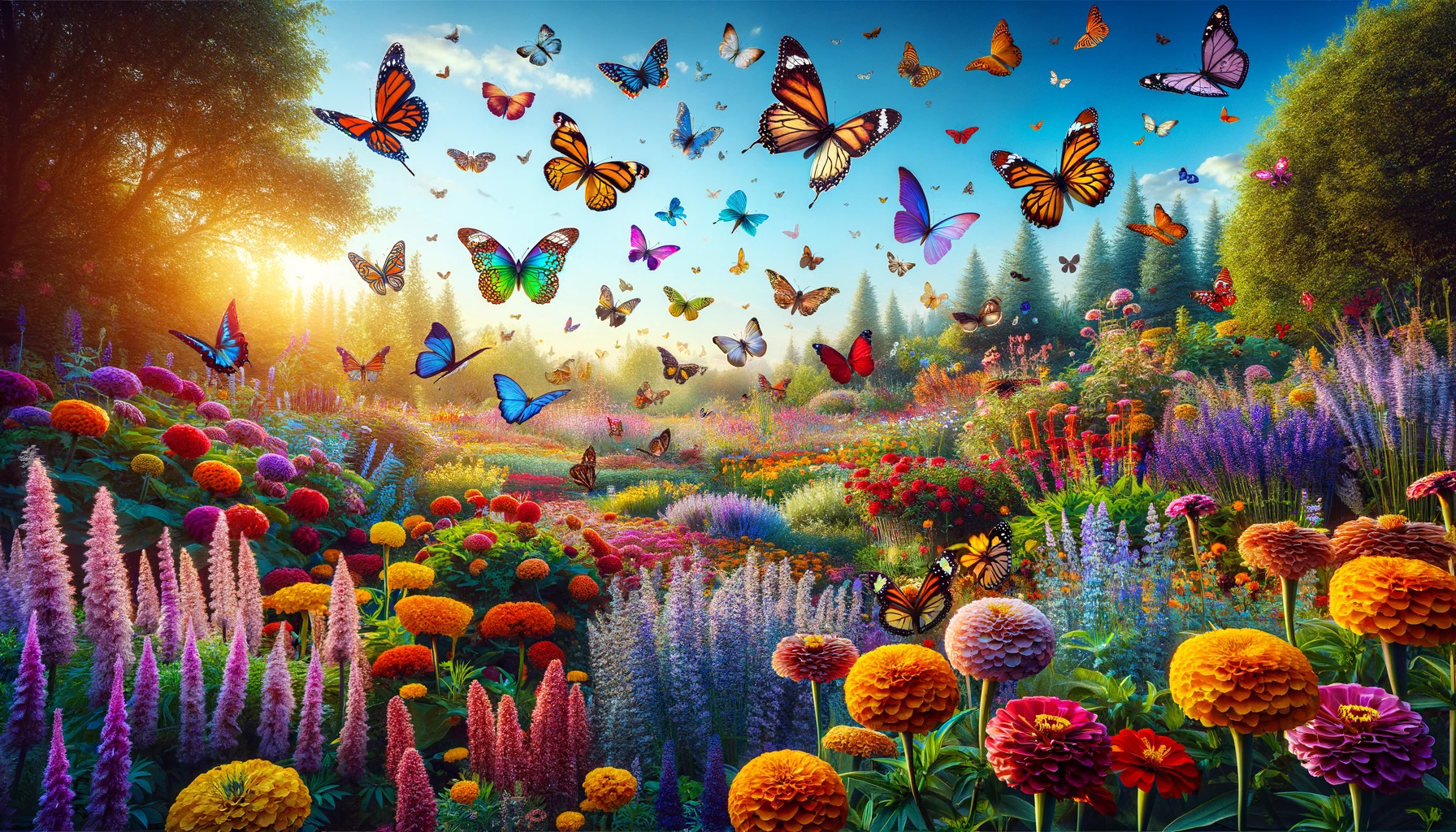
Attracting Butterfly Species
Britain is home to 59 regular butterfly species. With the proper planting and feeders, you can tempt many beautiful varieties to feed in your garden:
- Peacocks – Britain’s most colourful butterflies with eyespots on their wings. They prefer red and purple flowers.
- Small Tortoiseshells – Common bright orange butterflies that survive mild winters as adults and emerge early.
- Commas – Distinctive, ragged wings make them stand out. They extract minerals from muddy puddles and dung.
- Painted Ladies – Long-distance migrants famed for travelling from Africa. Attract huge numbers some summers.
- Red Admirals – Familiar black and vibrant red species that breed readily in gardens. Love ripe fruit.
- Large Whites – Unpopular with gardeners due to their cabbage-munching caterpillars, but the adults are important pollinators.
- Small Whites – Just as familiar as their larger cousins with a penchant for nectar-rich plants like Buddleia.
- Speckled Woods – This is one of only two species that overwinters as adults and can be spotted on mild winter days.
- Gatekeepers – Commonly seen in gardens, especially on Knapweeds and Marjoram flowers. Distinctive orange markings.
- Meadow Browns – More drab brown colouration provides excellent camouflage when roosting in long grass, but they become active in sunlight.
- Ringlets – Named after the striking rings on their underwings. Regular visitors from meadow areas to garden flowers and feeders.
- Holly Blues – The first blue butterfly seen each year, signalling spring’s arrival. Males closely guard patches of Ivy and Holly, their caterpillar food plants.
- Common Blues – Tiny powder-blue males are readily disturbed from grassy areas, while brown females are more challenging to spot as they scout for nectar and pollen sources.
There are also more specialised species that may pass through your garden on occasion, like the Purple Emperor and Scarce Swallowtail. Non-native species, such as North American Monarchs and Painted Ladies from Africa, sometimes migrate across oceans.
A well-stocked butterfly feeder allows you to spot some rare ones.
Feeding Behaviour
Butterfly feeding behaviour is endlessly fascinating to observe up close on a feeder. Watch how they unfurl their long probosci straws to sip nectar, then bob and weave elegantly between flowers. Key things to look out for include:
- Sun basking – Butterflies cannot fly until their flight muscles warm up sufficiently in the sun. They often land on a warm surface like a rock or feeder side and stand with their wings outstretched to absorb heat while they feed.
- Mud puddling – Butterflies extract vital minerals from muddy puddles, dung and urine, which they ingest and pass on to their young. Watch out for males congregating at wet patches.
- Fluttering – A butterfly’s constant fluttering between flowers allows them to maintain their body heat and equilibrium. This delicate hovering is energy-intensive, so they must feed regularly.
- Quick refuels – Butterflies feed rapidly, extracting as much nectar in each flower visit as possible before moving quickly to the next. Watch how their proboscis probes deeply inside blossoms.
- Territory disputes – Males aggressively chase each other from prime feeding spots to await passing unmated females. This swirling competition is fierce, so they must feed determinedly to fuel their efforts.
Installing a butterfly feeder will allow you to observe all these captivating behaviours up close from the comfort of your garden. The symphony of colour and movement butterflies bring will significantly enhance your outside space for years.
Overwintering Butterflies
Butterflies that emerge as adults early or late in the year face challenges finding nectar sources as fewer plants bloom in colder months. You can support these overwintering insects by planting winter-flowering plants and removing old feeders so you can thoroughly clean and replace them. Good nectar plants for winter include:
- Winter-flowering Honeysuckle
- Mahonia
- Winter-flowering Clematis
- Hardy Cyclamen
- Winter Heather
- Winter-flowering Jasmine
- Viburnum bodnantense
- Sarcococca
Position these close to feeders and butterfly shelter spots like dense hedges. Their high energy sugar-rich nectar will help butterflies survive harsh weather until spring returns.
Providing Shelter
As cold-blooded creatures, butterflies need to shelter during cooler nights and periods of bad weather. Caterpillars are especially vulnerable, so ensure your garden offers shelter spots for butterflies to pupate and hibernate safely.
Butterflies roost and hibernate in dark, dry locations protected from wind and rain. Dense hedges, derelict sheds full of nooks and crannies, wood piles, trees and shrubs make good refuge spots. Long grass also covers emerging and overwintering species like Meadow Browns and Small Tortoiseshells.
You can buy or make special hibernation boxes from wood or Styrofoam with narrow slits that butterflies can crawl into. Place these in sheltered spots near butterfly feeding areas. Adding waterproof roofs over feeders also creates covered space.
A herb garden near the feeder gives visiting butterflies egg-laying sites and food sources for their caterpillars. Ensure you do not use pesticides anywhere in your garden, as these are extremely harmful to all butterfly life stages.
Attracting successive generations by providing year-round feeding and breeding spots will sustain colonies of butterflies that choose to grace your garden with their presence!
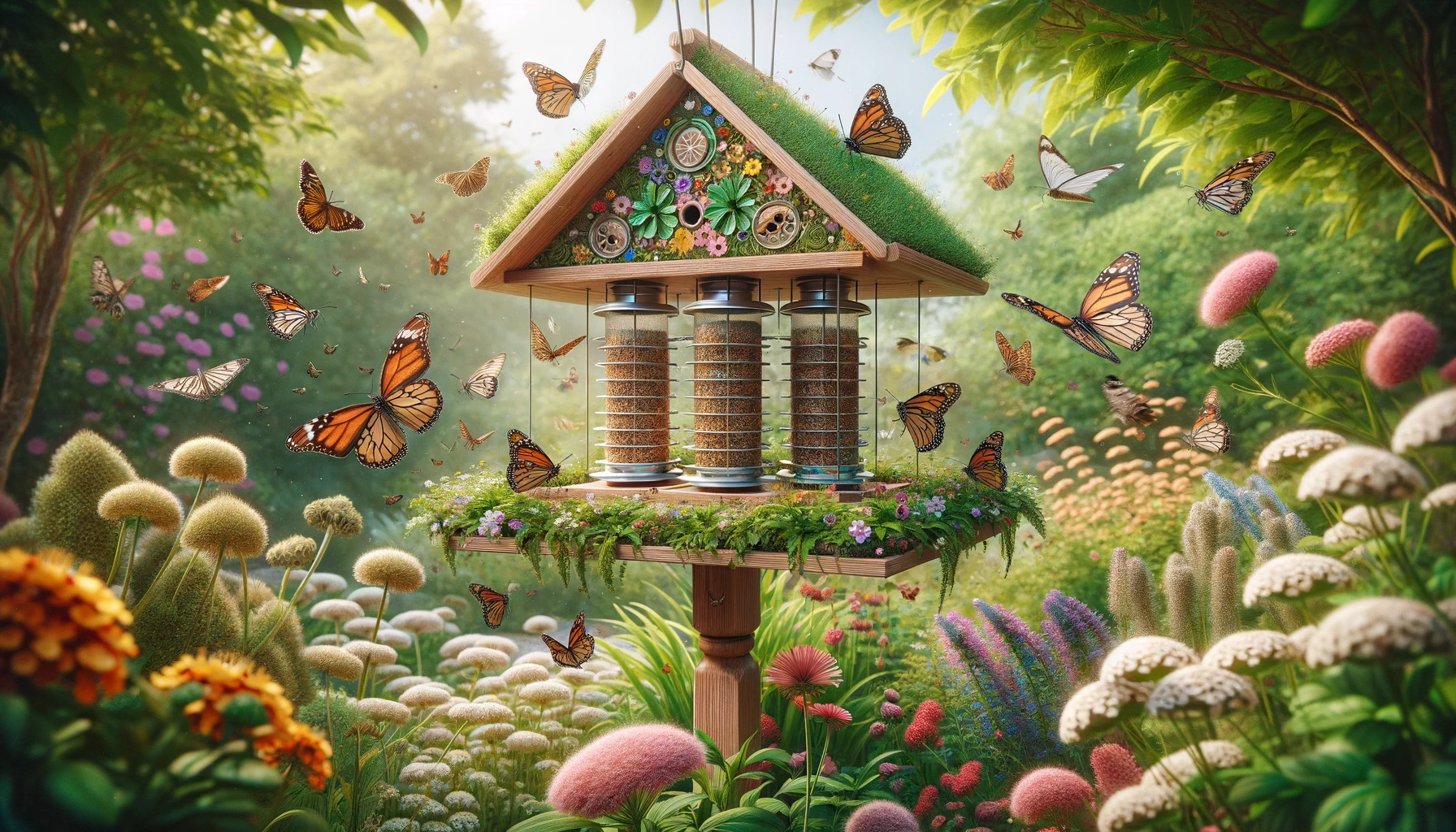
Benefits of a Butterfly Feeder
Installing a dedicated butterfly feeder brings many rewards beyond its aesthetic appeal:
- Fascinating behaviour – Watching butterflies feed and interact is an engaging spectator sport that provides hours of entertainment.
- Stress relief – The gentle fluttering of colourful wings instantly calming and meditatively affects the human psyche when we sit and observe them.
- Inspiring metamorphosis – Seeing caterpillars transform into exquisite winged beauties is a joyful reminder of nature’s extraordinary life cycles.
- Crucial nectar – Butterflies get most of their diet from drinking nectar. Your feeder helps provide this vital energy source when flowers are scarce.
- Natural pest control – Butterflies pollinate plants while their caterpillars and adults provide an essential food source for birds, bats and other helpful garden allies.
- Subtropical delight – On warm days, you can close your eyes to a swirling cloud of exotic species and imagine spending the day in a Costa Rican butterfly rainforest!
- Garden Interest – When placed correctly, a busy butterfly feeder livens up any blank wall or dull corner by attracting movement and colour. Children are especially enchanted.
- Bolster numbers – Providing artificial nectar sources and habitat can assist declining butterfly populations threatened by habitat loss.
Even just one feeder can make an exponential difference by helping attract breeding butterflies that amplify into future generations. Every little patch of habitat matters when connecting fragmented green spaces so butterflies can traverse the land.
Install a butterfly feeder today and enjoy your mesmerising window into the natural world! Watch your days fill up with the continued wonders of butterfly behaviour in all its myriad flashing hues and forms.

